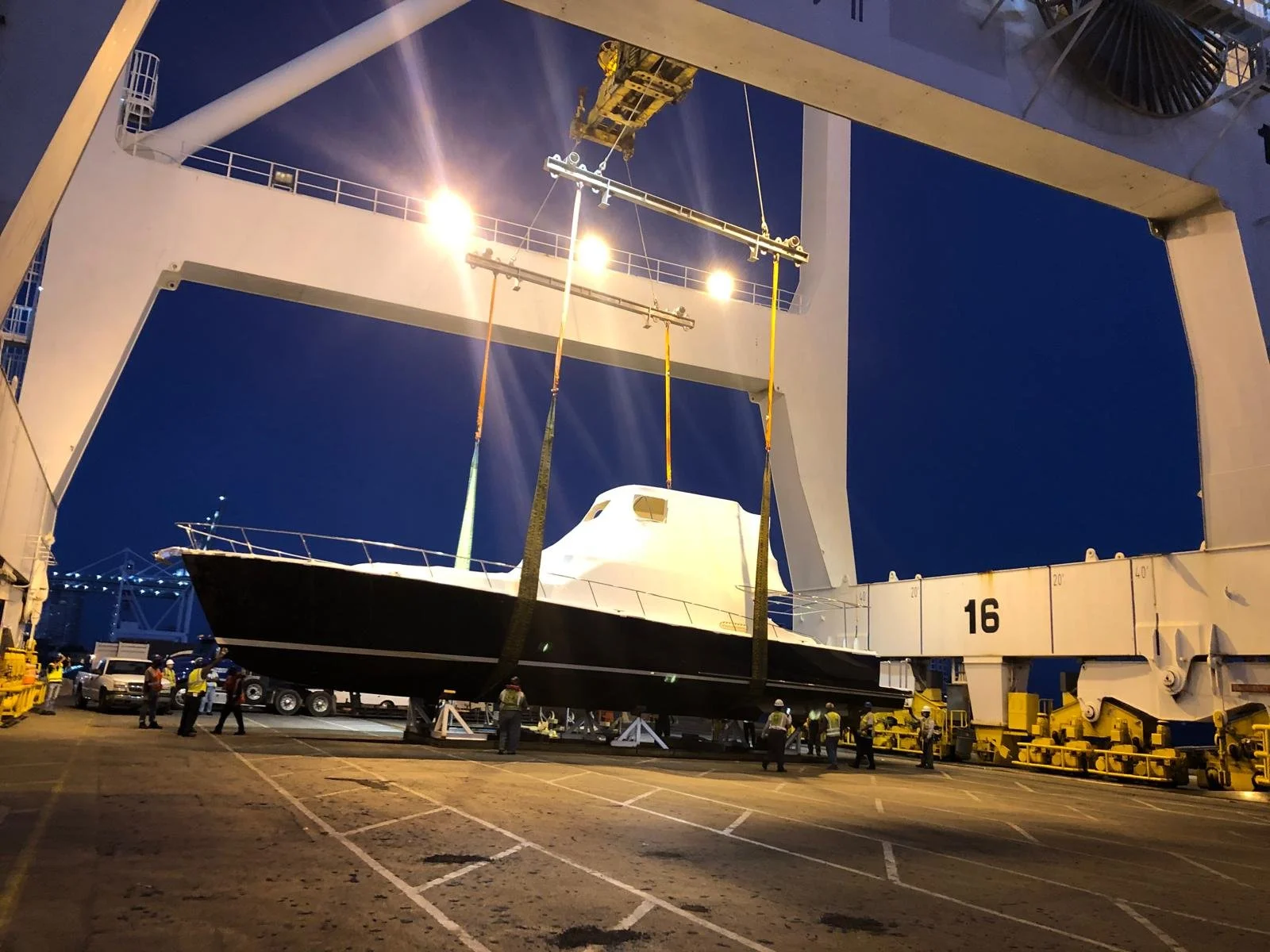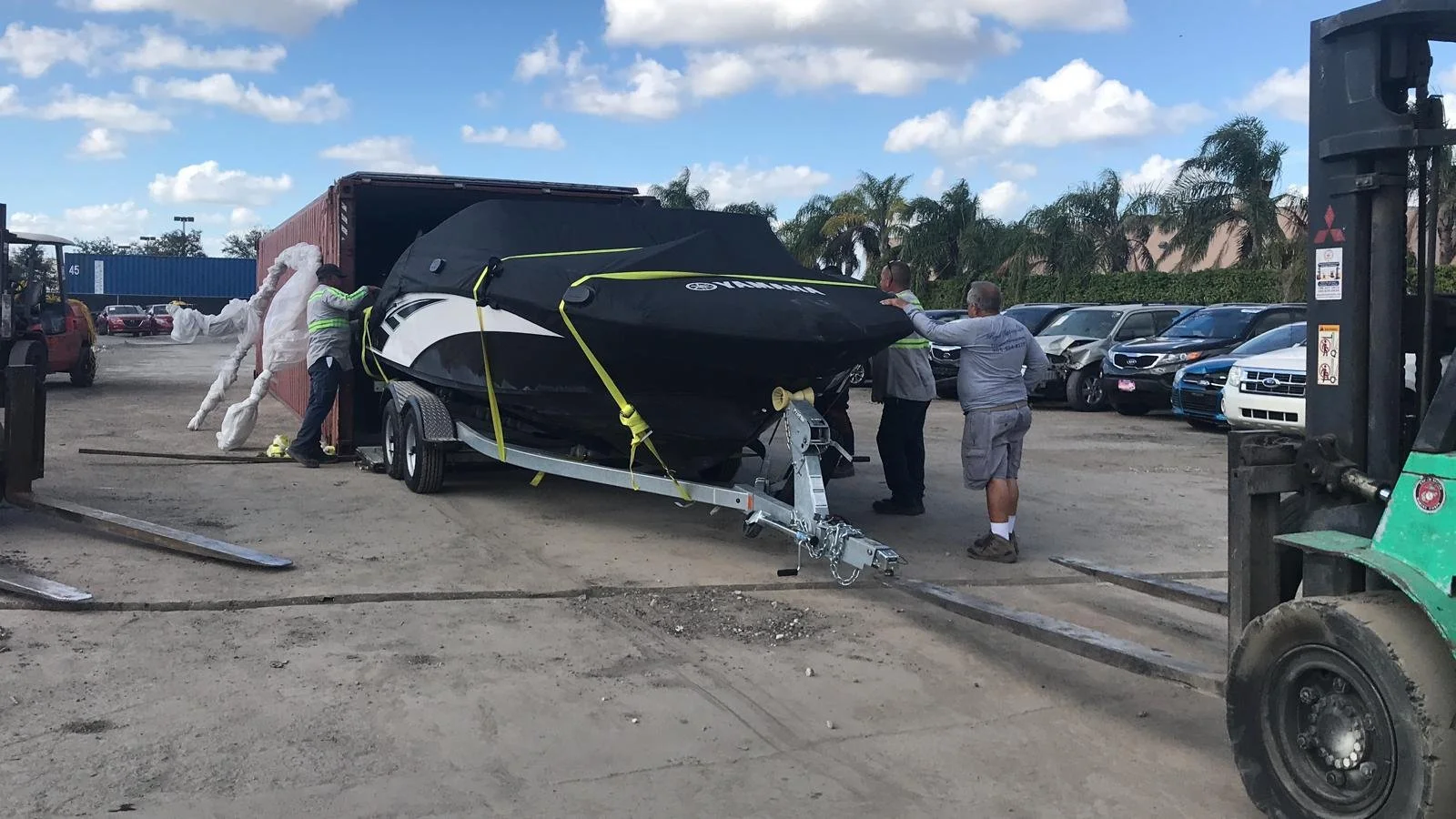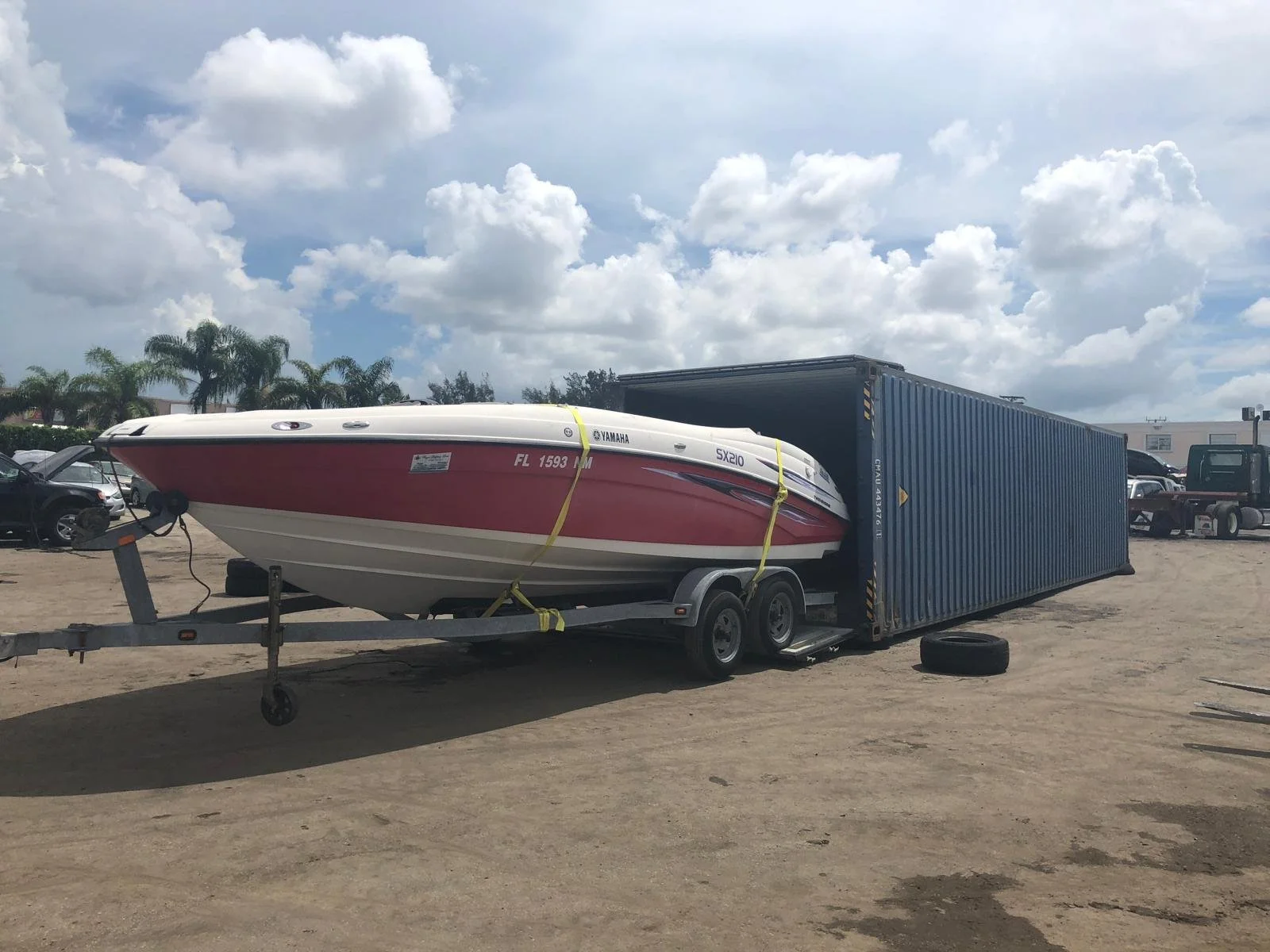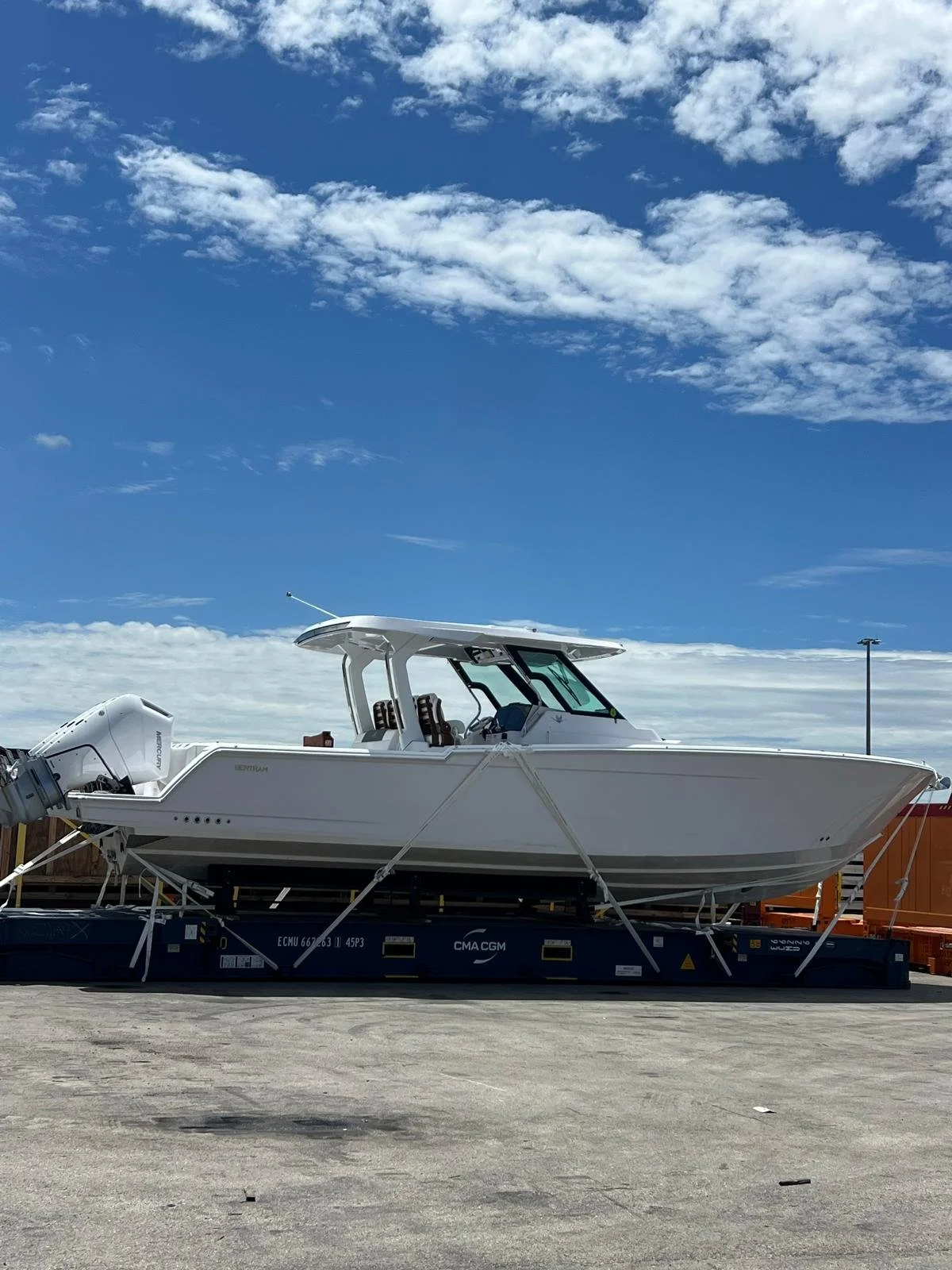Boat & Yacht Shipping Services
International Boat Shipping Services from the USA
Looking for a reliable, experienced partner for international boat shipping from the United States? At Royal Shipping Lines, we specialize in comprehensive global boat transportation services, expertly crafted for private boat owners, yacht brokers, marine dealerships, and maritime businesses.
With years of dedicated experience in international logistics, we manage the secure and efficient shipment of boats, yachts, sailboats, jet skis, and various watercraft from the USA to global destinations, including Europe, the Caribbean, Latin America, Africa, the Middle East, Asia, Australia, and more.
Our boat shipping services include multiple tailored transport options such as Roll-on/Roll-off (RoRo), containerized shipping, flat-rack, and overland transport solutions, ensuring your vessel arrives safely and in pristine condition. At Royal Shipping Lines, we handle every aspect of the shipping process—from precise documentation, customs clearance, and insurance coverage, to meticulous preparation and loading procedures designed to protect your valuable watercraft.
Choose Royal Shipping Lines for your international boat shipping needs and experience unmatched professionalism, reliability, and peace of mind knowing your vessel is in expert hands. Contact us today for a personalized shipping quote and let our marine logistics specialists create the perfect solution for your boat transportation requirements.
🚤 We Handle All Types of Vessels
Personal Watercraft (Jet Skis, Sea-Doos, etc.)
Fishing Boats & Center Consoles
Sailboats & Catamarans
Yachts & Superyachts
Speedboats & Rigid Inflatable Boats (RIBs)
Commercial & Industrial Boats
🛠 How We Ship Your Boat
Choose the best shipping method for your boat and destination:
Roll-on/Roll-off (RO/RO): For towable or trailerable boats
Flat Rack Shipping: For oversized or custom vessels
Container Shipping: For compact boats or added protection
Lift-On/Lift-Off (LO/LO): For heavy, non-trailerable boats
Cradle Shipping: Custom cradle and shrink-wrap for added stability
-
We are a fully licensed boat shipping company, operating under strict regulatory standards. Your vessel is protected by our certifications, bonded status, and experienced logistics team.
Our Credentials Include:
FMC-Licensed Ocean Transportation Intermediary (OTI)
Authorized and bonded by the Federal Maritime Commission, ensuring legal and secure international shipping.NVOCC Certified
We’re a registered Non-Vessel-Operating Common Carrier, managing ocean freight for boats of all sizes.U.S. DOT Registered
Compliant with Department of Transportation regulations for overland transport and port deliveries.ISPS & IMO Safety Standards
We follow ISPS Code and International Maritime Organization guidelines for port security and vessel handling.Licensed Freight Forwarder
We coordinate all customs documentation, port arrangements, export declarations, and insurance.
-
Over a decade of experience shipping boats to Honduras, Guatemala, Costa Rica, Panama, and beyond
Multiple shipping methods: trailer, container, flat rack, and RO/RO
Door-to-port and port-to-port logistics options
Expert support with documentation, prep, insurance, and customs
Transparent pricing, reliable timelines, and fast quote response
✅ Ship with confidence — Royal Shipping Lines is licensed, insured, and committed to delivering your vessel safely, on time, and in full compliance with all international regulations.
-
We offer regular sailings from major U.S. ports including:
California
Port of Hueneme, CA
Port of Los Angeles, CA
Port of Long Beach, CA
Port of Oakland, CA
Florida
Port Everglades, FL
Port of Jacksonville, FL
Port of Miami, FL
Port of Palm Beach, FL
Georgia
Port of Brunswick, GA
Port of Savannah, GA
Maryland
Port of Baltimore, MD
New York / New Jersey
Port of New York/New Jersey
Texas
Port of Freeport, TX
Port of Galveston, TX
Port of Houston, TX
-
United Kingdom, Germany, France, Netherlands
UAE, Saudi Arabia, Kuwait, Qatar
Costa Rica, Panama, Honduras, Guatemala
Australia, New Zealand, China, Japan
Caribbean Islands (Bahamas, Dominican Republic, St. Thomas, etc.)
South Africa, Ghana, Nigeria, Kenya
-
Boat Title or Bill of Sale
Government-issued ID or Passport
Boat dimensions (Length, Width, Height)
Trailer documents (if applicable)
Foreign TAX ID for Consignee
Destination country import requirements (we assist with this)
🌐 CONTACT US FOR Boat Shipping TODAY
Shipping a boat internationally doesn’t have to be complicated. Our team will guide you every step of the way—from paperwork to port delivery.
👉 Get a Quote Now | 📞 Call: +1 (305) 884-8127 | 📲 WhatsApp: +1 (305) 979-3596
Let Royal Shipping Lines deliver your boat anywhere in the world—safely, on time, and with peace of mind.


















